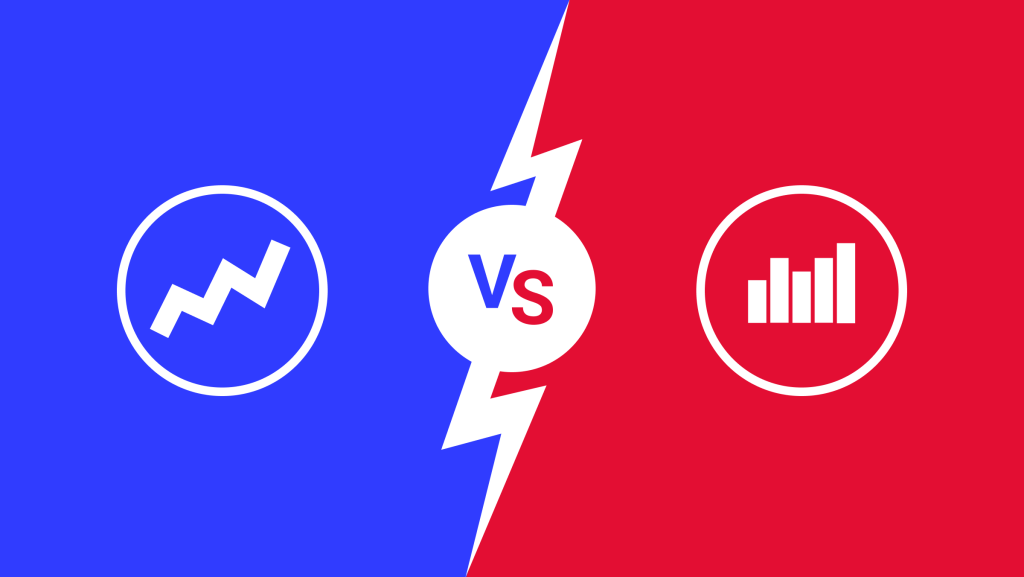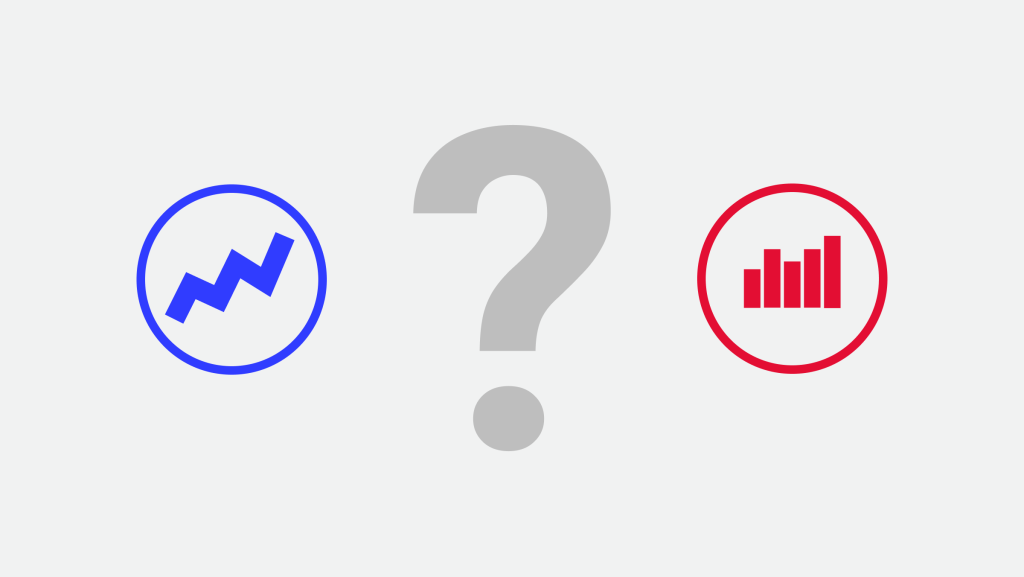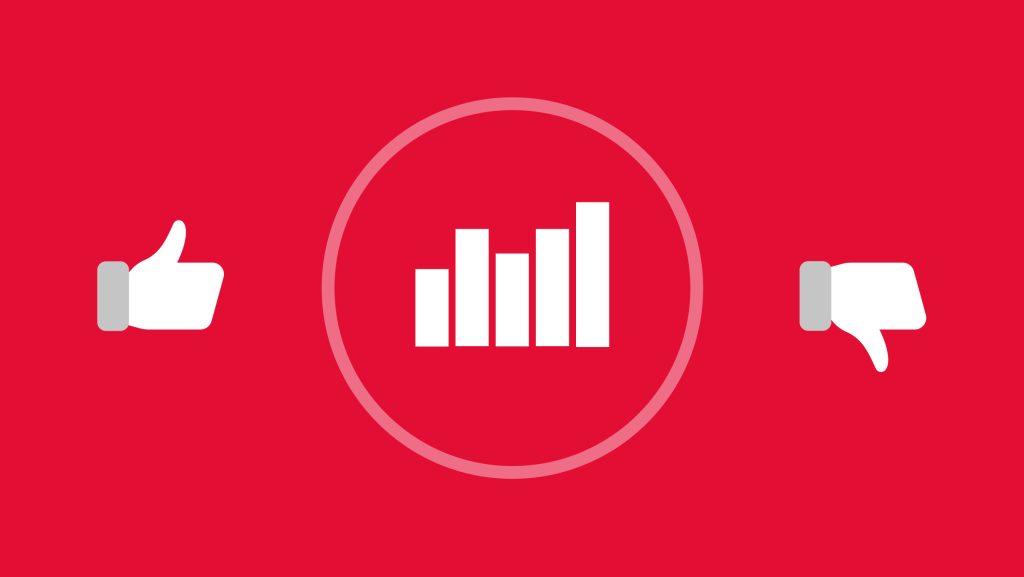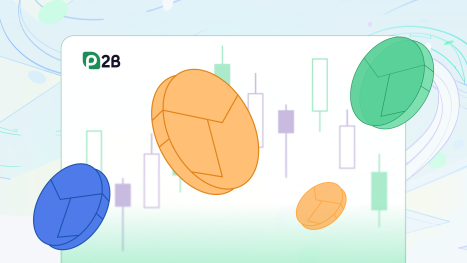Limit Order VS Market Order

Crypto trading can get tricky when you choose the wrong moments to sell or buy assets. The change can be rapid and unpredictable for any asset, especially for crypto. Short-term crypto trading can be successful ‒ if you know the right terms, you can tell the difference between different crypto trading orders, and use your knowledge to trade crypto successfully.
Every crypto exchange platform like Binance and others makes you as a crypto novice to choose between limit order vs market order. To trade crypto successfully and save funds, your best strategy is to know these terms and apply them in crypto trading.
What are limits and market orders?

So, what are these orders? Basically, orders are the way you trade assets on your crypto exchange account. It’s rather an instruction to sell or buy. So, market order vs limit order ‒ where’s the difference and what to choose?
What is a market order?
A market order makes the crypto exchange create an immediate transaction regardless of the current price of the crypto. The timing here should be impeccable ‒ it’s either you sell for a lower price/buy for a higher one, or you profit from the margin and buy for a lower price (or sell for a higher one). Of course, most crypto coins aren’t volatile too much in a short perspective, they are more or less stable. Unless something unusual is going on ‒ on the day when Bitcoin shot higher up to $60k, placing a market order was quite risky.
What is a limit order?
A limit order, on the other hand, creates an instruction for the crypto exchange to trade crypto tokens or coins in a specific time set by a certain price. You set a maximum or a minimum price to sell or buy crypto ‒ this way, you’re profiting more and not losing too much if the price of your asset goes down rapidly. So, if your asset currently trades for $290 and this might change quickly due to the volatility, you can place a limit order of $300 to sell ‒ this way, you will sell only if the price is $300 and higher. If you set an order of $280 to buy, you will automatically buy the asset if it’s under the price of $280.
In the end, it’s all about the timing ‒ placing the right order at the right time will benefit you, especially if you know when and which order you should set. On P2B, we support both orders ‒ you can perform short-term trading on your own rules, profiting from every transaction.
Pros and cons of both orders
Which is best ‒ market order or limit order? Of course, this wouldn’t be a “this vs that” article, if we wouldn’t compare the two. If you want to buy or sell a limit order or market order, you should know their main pros and cons. To see the real difference and choose the right order, you should know some advantages and downsides for each of them.
Advantages and downsides of market orders

We’ll start with dissecting market orders.
The advantages are:
- the trade goes through under any circumstances. It will execute no matter what, regardless of market conditions;
- you won’t have to pay extra fees. With a market order, you should pay only one fee. Of course, this depends on the exchange ‒ some don’t even charge any fees, but on those who do, this benefit makes market order more likable;
- you won’t get surprising prices. When you operate with a market order, huge price swings usually don’t happen. In this case, the price you’ll see when you’ll decide you want to trade this asset will look much like the price you will trade at.
Sounds plausible, so, where’s the catch?
There are actually a few of them:
- you can’t control the price. No one guarantees you a certain price for your transactions, meaning you may pay more than you expect or receive less than you should;
- we’ve mentioned there are no dramatic swings in price, but large ones can happen. If an asset has fewer shares, you can place a market order limit and see the price swing. This can also happen during unusual events, as we’ve mentioned earlier ‒ not a pleasant experience, we might add.
Market orders are guaranteed to come through, but no one guarantees you’ll get the price you want: price swings, unexpected events, and other factors can disrupt a successful deal for you. A market order can be risky, but as long as you place them not for extra volatile assets, you are more or less safe to buy or sell them.
Advantages and downsides of limit orders

Another thing works for limited orders ‒ they also have some benefits and downsides.
For example, there is a total price control ‒ you will trade with placing a limit order only if the price is acceptable for you. You certainly won’t buy for more than you expect, and you definitely won’t sell for too less than you expected. Also, a limit order can be placed for future trades. You can set one once and don’t bother to visit the market too often for transactions ‒ everything is more or less automated in this case.
The disadvantages are contrary to market order benefits, more or less. For example, your order might not get through: limit orders are tied to certain prices, and if these prices don’t meet the reality of the crypto market, the transaction might not even happen for the price is too low or too high to hit the threshold.
These orders are dynamic, meaning no transaction is 100% guaranteed. You might not even sell or buy a lot because the price fluctuates. To avoid things like this, you can restrict your limit order to “stop-loss” or “all or none” options, but in that case, the transaction is even less guaranteed.
A limit order is less risky, but also may cost you more due to extra fees. If a limit order can’t be executed at once, a few extra fees might be charged for every transaction. P2B offers little to no trading fees, so you can trade safely, but some exchanges don’t do such a thing.
Which one to choose ‒ market or limit order?
This is all about your trading priorities when you choose a market. You should choose the option that balances between lower risks and higher profit. If you want a guaranteed transaction no matter the price, you should try placing a market order. It all depends on how liquid is the asset, but in the end, if the price swing is not that bad, a market order is a nice choice for these cases.
But if you care about the price a lot and if you’re not afraid of speculations on the market, placing a limit order should work for you. With pretty dramatic price swings, you can catch the price you need, if only for a small price difference. But still, if you need a certain price no matter what, you definitely should choose a limit order.
Limit order works the best for long-term trading, too. You have better control of the price here, meaning the funds will add up to your investment account even without your recurrent participation.
Market orders are also great for long-term investments, especially if you have a vast knowledge of the situation on the market and of investing overall. Actually, when you’re investing in a long-term perspective, the price is more or less not important. The shares that add up to your account over the years will grow in price no matter what, so it can be a win-win strategy.
If you need safe transactions for high-liquidity crypto assets, limit order works the best for they guarantee you will not pay more or receive much less, protecting your investments.




